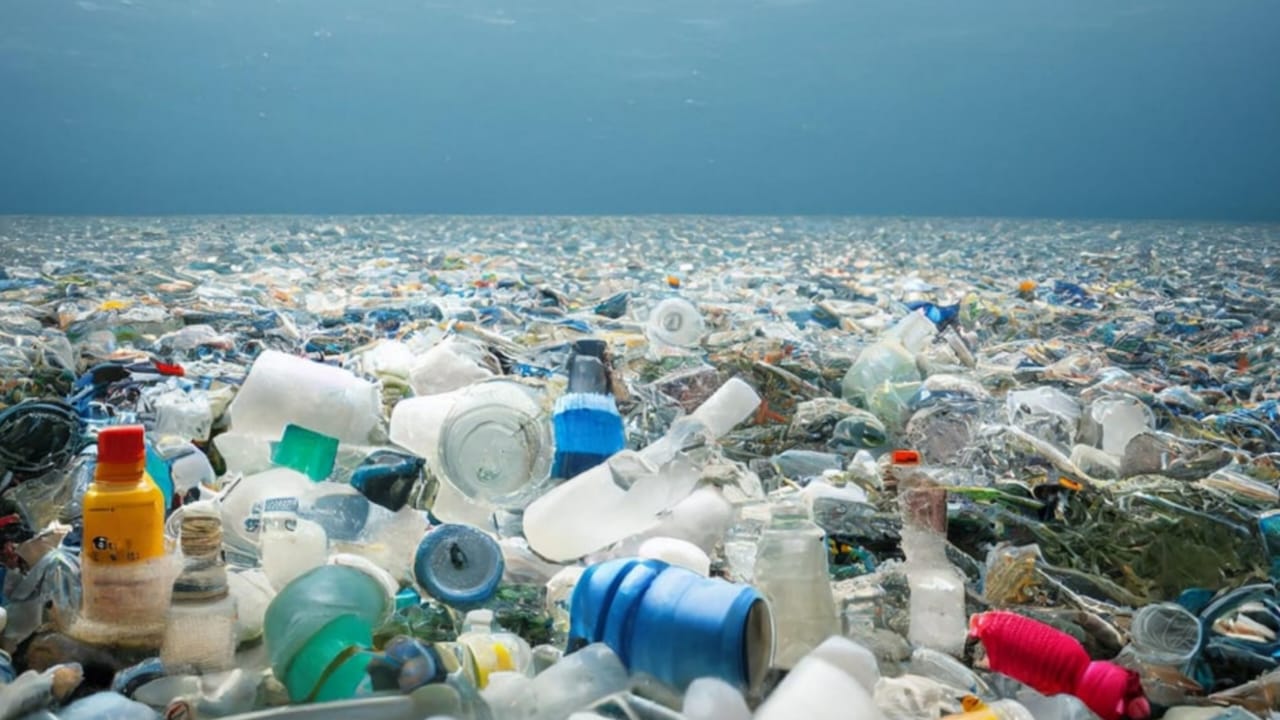Big changes often start quietly, with one careful cut made in the right place. A new nickel catalyst targets stubborn links inside common packaging polymers and turns them into valuable liquids under gentler conditions. Laborious pre-sorting becomes optional, contamination loses its power, and recycling shifts closer to real-world waste streams, not curated samples. The promise is strong, but progress will depend on execution, safety, and economics aligning outside the lab where daily constraints actually rule.
Unsorted polyolefins are everywhere, and they are the real knot
Polyolefins rule everyday packaging: polyethylene and polypropylene shape bottles, films, tubs, caps, and wrap. Annual production exceeds 220 million tons worldwide, yet recovery remains stuck between under one percent and ten percent. The chemistry is the barrier: dense carbon–carbon links resist cleavage and frustrate processing lines battling residues and streams.
Most items touched daily use these resins: squeeze bottles for condiments, milk jugs, clamshells, film, trash bags, disposable cutlery, even medical masks. Lifetimes are short, so volumes pile up quickly. When loads arrive dirty or unsorted, facilities reject bales, and the waste lingers for decades, fragmenting into microplastics across ecosystems.
A peer-reviewed study reports a single-site, cationic nickel catalyst that targets selected bonds inside branched chains. The approach transforms stubborn solids into oils and waxes under gentler conditions than legacy routes. Because feeds need less sorting, recycling starts earlier, cutting labor while preserving value that often vanishes at triage stations.
How recycling advances through selective hydrogenolysis
Hydrogenolysis couples hydrogen with a catalyst to snip polymer chains into useful hydrocarbons. Older systems used noble metals, high heat, and high pressure, producing broad, unruly product slates. The new design fixes a single nickel site, so scission happens where branching guides reactivity, limiting over-cracking and protecting yield from destruction.
Reported operation runs roughly one hundred degrees Celsius lower than comparable nickel nanoparticles, and at about half the hydrogen pressure. Catalyst loading falls by a factor of ten, while activity rises by the same factor. Lower temperature trims energy demand; lower pressure simplifies equipment, permitting, maintenance, and real-world operating envelopes.
In mixed loads, selectivity doubles as invisible sorting. Branched polyolefins, including isotactic polypropylene, react faster; linear chains remain comparatively quiet. That behavior lets plants tame unsorted inputs without choking lines with manual triage. Predictable cuts yield narrower oils and waxes instead of chaotic soups that undercut quality, margins, and scheduling.
Turning mixed packaging into liquid value streams
Conventional options struggle with mixed packaging. Mechanical re-melting downcycles properties because incompatible polymers fight during processing. Thermal cracking at four hundred to seven hundred degrees Celsius devours energy and yields broad distributions that complicate refining. Food residues and impurities often spoil batches, sending expensive loads back toward landfills and incinerators.
The nickel route favors targeted scission, producing oils and waxes suited for lubricants, fuels, and candles. Those streams integrate with existing value chains, replacing disposal fees with revenue. Because bale purity thresholds relax, gates accept more real-world inputs, and recycling lines run steadier with fewer stoppages, rework cycles, and write-offs.
Durability sustains economics. A single, well-defined active site resists thermal and chemical shocks; after runs, simple alkylaluminum treatments regenerate performance. With steadier uptime, forecasts improve, attracting capital and long contracts from municipalities. Predictable throughputs help planners match collection schedules, offtake agreements, and staffing without reactive firefighting across already stressed operations.
Why PVC no longer blocks recycling in mixed flows
PVC traditionally wrecks systems by releasing hydrogen chloride during heating, corroding equipment and poisoning catalysts. Mixed bales hide PVC, so facilities oversort or eat expensive downtime. Tests show the nickel system remains stable and even accelerates when PVC comprises roughly one quarter of the total waste, a surprising, useful twist.
That tolerance changes acceptance thresholds. Operators can handle riskier bales without derailing schedules or damaging assets. Responsible practice still matters: gas handling, vent scrubbing, and monitoring remain nonnegotiable safeguards. Within those controls, plants recover value from streams once labeled unrecoverable, reducing landfill dependence and stabilizing throughput during seasonal contamination spikes.
Gentler envelopes improve safety. Lower temperatures and pressures ease materials choices, permitting pathways, and training. Combined with higher activity at lean catalyst doses, facilities shrink operating expenses and capital intensity. When communities review proposals, those specifics build trust, which keeps infrastructure funded, maintained, and through audits and dashboards citizens understand.
From peer-reviewed promise to plant-floor reality at scale
Peer-reviewed results in Nature Chemistry anchor credibility, with teams from Northwestern, Purdue, and Ames Laboratory contributing. Industry knows nickel chemistry, and hydrogen networks already serve refineries and chemical hubs. Skid-mounted units beside materials recovery facilities could treat local streams, shipping liquids instead of bulky bales that are expensive to move.
Demonstrations must wrestle with municipal realities: fouling, odors, and variable moisture levels. Logistics matter as much as kinetics, because steady offtake contracts keep cash moving. Collection schedules, preprocessing, and reactor loading need tight choreography so operators meet targets without overtime spirals, stockpiles, or shutdowns triggered by inconsistent feed and quality.
If performance scales, three wins align: fewer landfill shipments, higher-value outputs, and lower energy demand. Cities gain cleaner streets and predictable tipping fees. Manufacturers secure reliable recycled content without quality penalties. The environment benefits as plastics stop lingering into microplastics, and recycling shifts from heroic exception to routine material flow.
Closing the loop depends on chemistry, execution, and shared trust
Smart design will not fix collection gaps alone, yet it can change what mixed waste allows. With selective nickel sites, gentler conditions, and resilience to PVC, operators gain options that previously did not exist. If pilots become reliable plants, communities, engineers, and buyers move together so recycling becomes predictable and valued. That progress attracts investment, steadies contracts, and builds public trust. Consistent outputs let cities plan routes and staffing, while clear reporting keeps momentum focused on durable, transparent improvements.
